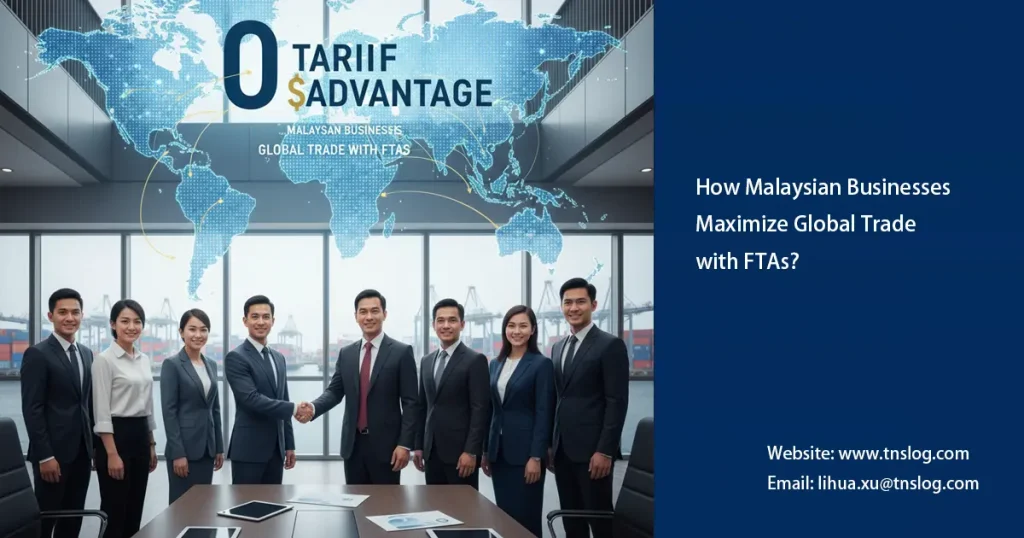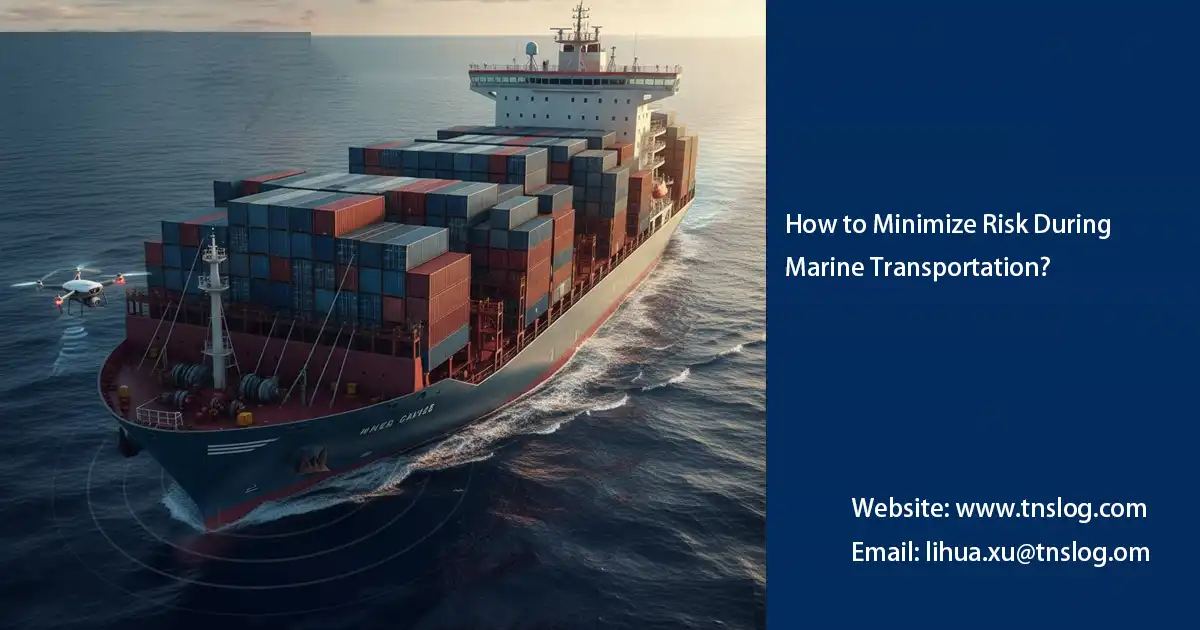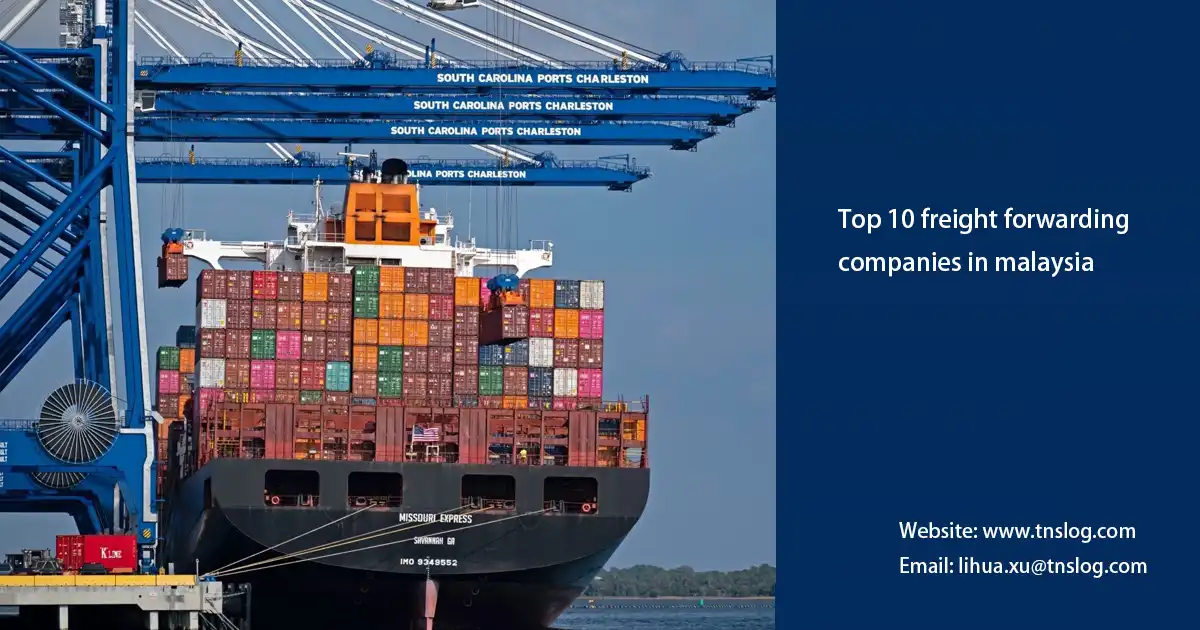$0 Tariff Advantage: How Malaysian Businesses Maximize Global Trade with FTAs.
As a business owner or exporter in Malaysia, are you constantly plagued by high tariffs, lengthy customs clearance delays, and supply chain disruptions? These pain points not only erode profits but also put your products behind global competition. Fortunately, with the resumption of EU-Malaysia FTA negotiations and the signing of the EFTA-Malaysia Economic Partnership Agreement in 2025, Malaysian entrepreneurs are presented with a golden opportunity to lower trade barriers, optimize logistics routes, and expand into new markets. If you’re an export-oriented business owner, a first-time entrepreneur venturing into international trade, or a supply chain manager, understanding free trade agreements (FTAs) is not just theoretical knowledge; it’s a practical, strategic tool. This article will delve into the core concepts of FTAs, the specific agreements in Malaysia, and how to apply them in your daily business to help you achieve more efficient cross-border trade.

What is a Free Trade Agreement (FTA) ?
A free trade agreement (FTA) is an international agreement, typically signed between two or more countries, designed to facilitate the free flow of goods, services, and investment by reducing or eliminating tariffs, quotas, and non-tariff barriers. Simply put, it acts as a “passport,” making trade between participating countries smoother and less costly. According to the International Trade Administration, an FTA requires signatory countries to fulfill specific obligations, such as standardized rules of origin (ROOs) to ensure that only products truly “locally” manufactured receive preferential treatment.
List of Malaysia’s major free trade agreements
| Agreement Type | Major Partner(s) | Effective Year | Key Benefits |
|---|---|---|---|
| Bilateral FTA | Japan (MJEPA) | 2006 | Zero duty on electronics and automotive parts, simplified customs procedures. |
| Bilateral FTA | Pakistan (MPCEPA) | 2008 | Concessions on textiles and palm oil exports, covers 90% of goods. |
| Bilateral FTA | Australia | 2013 | Tariffs on agricultural products (e.g., rubber) reduced to zero, promoted two-way investment. |
| Multilateral FTA | ASEAN-India (AIFTA) | 2010 | Entry to the Indian market, major benefits for electronics and chemicals. |
| Multilateral FTA | RCEP (Regional Comprehensive Economic Partnership) | 2022 | Covers 15 countries, projected to increase Malaysian exports by 15%. |
| Emerging FTA | EFTA (Switzerland, Norway, etc.) | 2025 | Investment protection clauses, priority for pharmaceuticals and green technology. |
| Under Negotiation | European Union (EU-Malaysia FTA) | Projected 2026 | Sustainable trade standards, covers green industries and the digital economy. |
How does the FTA bring tangible benefits to Malaysian businesses?
1. Cost optimization and tariff reduction
Through an FTA, businesses can apply for preferential tariffs, such as exemption from the 5-15% import tax on machinery and equipment imported from Australia. This directly reduces procurement costs and improves product competitiveness in target markets. For exporters like you, this means fewer customs clearance delays—properly utilizing a ROO certificate can reduce cargo hold time from one week to two days.
2. Improved supply chain resilience
3.Simplified border procedures and transparency
3. Digital Management for Compliance and Transparency
Conclusion
You may also be interested in
Have Anything To Ask Us?
Please fill in your email in the form and we’ll get back to assist you soon!




